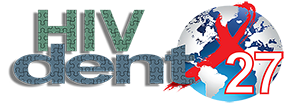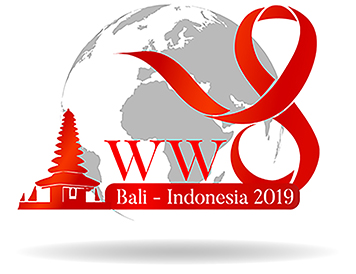Paulina Fernandez-Duenas, Gabriela Anaya-Saavedra, Marcos Muniz-Lino, Itzel Castillejos-Garcia, Florentino Badial-Hernandez, Velia Ramirez-Amador
Oral Pathology and Medicine Postgraduate Program, Universidad Aut6noma Metropolitana, Mexico City, Mexico
Biomedical Research Unit, Clfnica Especializada Condesa Iztapalapa, Mexico City, Mexico.
Abstract
Objectives: To establish the prevalence and incidence of high-risk human papillomavirus (HR-HPV) infection in oral mucosa and oropharynx in cART-naive HIV/ AIDS individuals.
Methods: A longitudinal and observational study was performed in a cohort of cART- naive HIV-infected adults (>18 years old) initiating cART in Mexico City (February 2018- February 2019) followed for a median time of 218 days (86-378) after cART start. The study was approved by institutional committees. At baseline and at visits 1 and 2, demographic and clinical data were registered, and subjects underwent a complete and systematic oral examination. A buccal and oropharyngeal rinse was performed using 10 ml Scope® mouthwash for 30 seconds. DNA was obtained, purified, and quantified. Polymerase chain reactions (PCR) were carried out to assess the DNA quality (amplification of -globin gen) and to amplify HPV-L1 (GP5+/GP6+), HPV-LCR and HPV- E6 regions using specific primers for HPV-16 and 18 (LCR7450F/LCR813R, F7405/R165, F240/R419, and HZ30/E65'). The positive PCR GP5+/GP6+ products were sequenced and compared with GenBank database using BLAST online tool. The statistical analysis was performed using SPSS v.22 software.
Results: Fifty-five HIV/AIDS-infected individuals (94.5% men, the median age of 27 years old, 41.8% were smokers and 52.9% in AIDS category) were included, 21 (38.1%) completed the visit 1 and 15 (27.3%) the visit 2. The median baseline CD4+ count was 234 (Q1-Q3: 108.5-372) cell/mm3, and the median Log10 HIV-viral load was 4.7 (Q1-Q3: 4.3-5.3) copies/ml. At the visit before cART initiation, HR-HPV prevalence was 12.6% (HPV-18: 9%, HPV-16: 3.6%). At the subsequent visits, HR-HPV incidence raised to 19% (visit 1) and 33% (visit 2).



